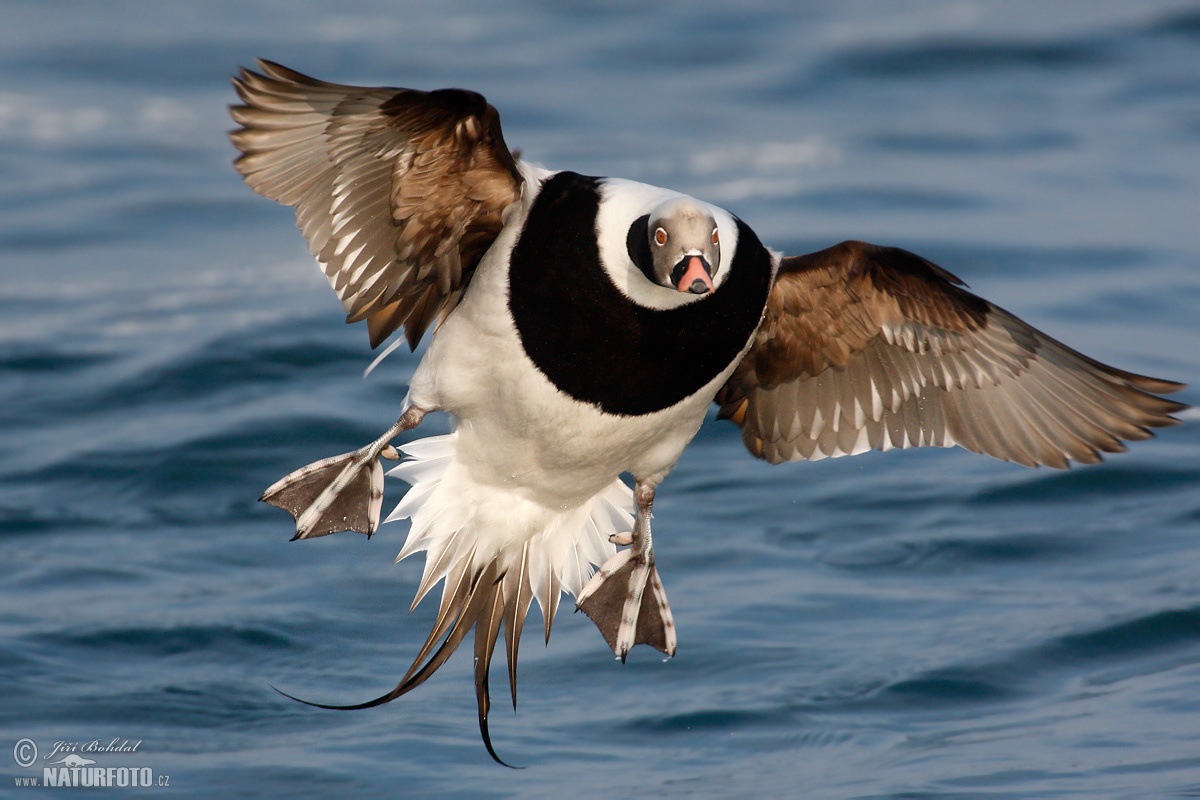

Different species have different habitat preferences. They inhabit lakes, ponds, rivers, streams, retention ponds, wetlands, marshes, bays, and more. These creatures are waterfowl, and of course live in regions with water, and acquire most of their food in and around the water. There are many different species of these birds, and they live in a wide variety of habitats. King Eider – This species is a duck, but you wouldn’t know by looking at them! The males have an odd bulbous crest on their heads, known as a “knob.” This knob is bright yellow, and there isn’t a single, non-dinosaur species to compare this duck’s head to!.In fact, they are part of a group called “stiff-tailed ducks.” The ruddy’s bright blue bill fades once the breeding season is over and the females have been thoroughly impressed. Ruddy Duck – Ruddies have bright blue bills, and oddly stiff tails.When these birds call to one another, they sound exactly like a squeaky toy. What makes this species so interesting is that vocalization we just mentioned. Their faces have white feathers, and their vocalization is a high-pitched whistle. White-Faced Whistling Duck – This species is exactly what it sounds like.These birds look like a home designer carefully chose which sections to paint in order to create a cohesive package! Those colors are not drastically bright, but they are incredibly cohesive and beautiful. Their feathers, or plumage, have several different colors and patterns. Mandarin Duck – Mandarin ducks are elegantly beautiful.There are just so many different species of these interesting waterfowl, so Instead of throwing random facts at you, we will highlight some of the most unique duck species around below! The largest species is the Muscovy duck, which grows up to nine pounds. They also have relatively long necks, but again, shorter than geese and swans. Some species are quite small, while others are larger, but they are smaller than geese and swans.


 0 kommentar(er)
0 kommentar(er)
